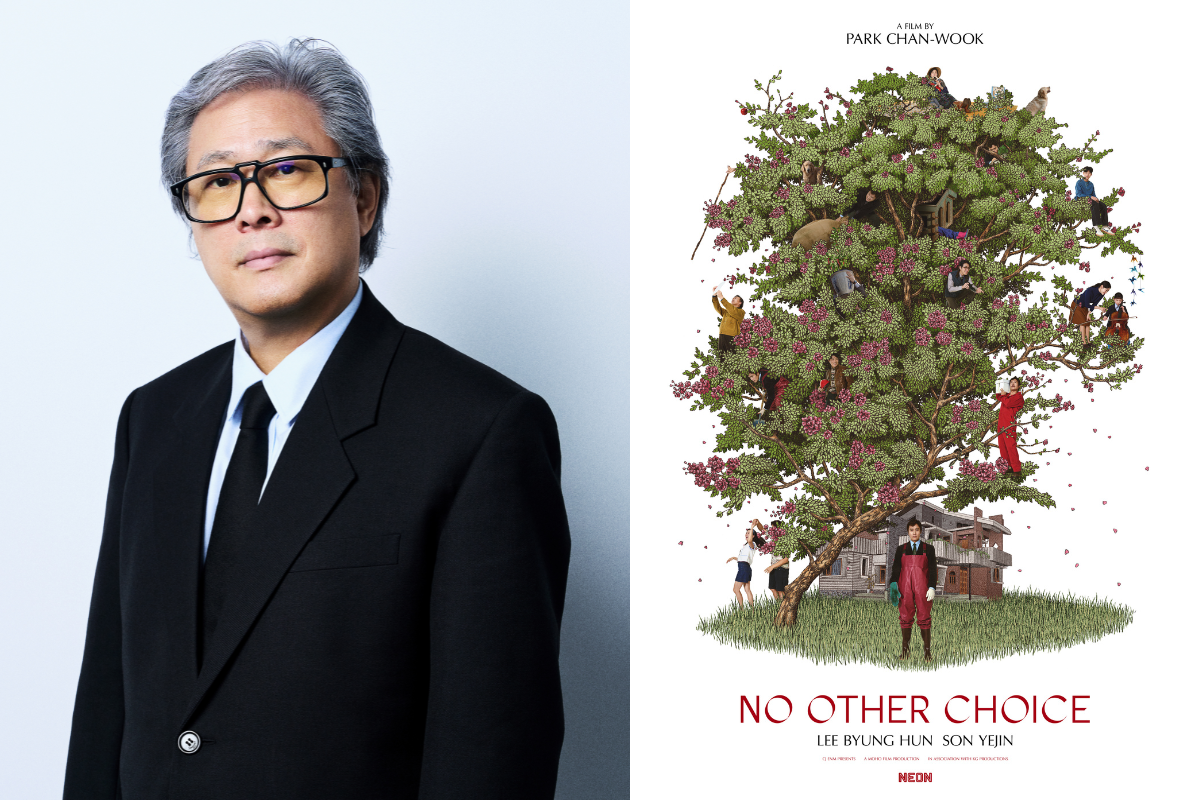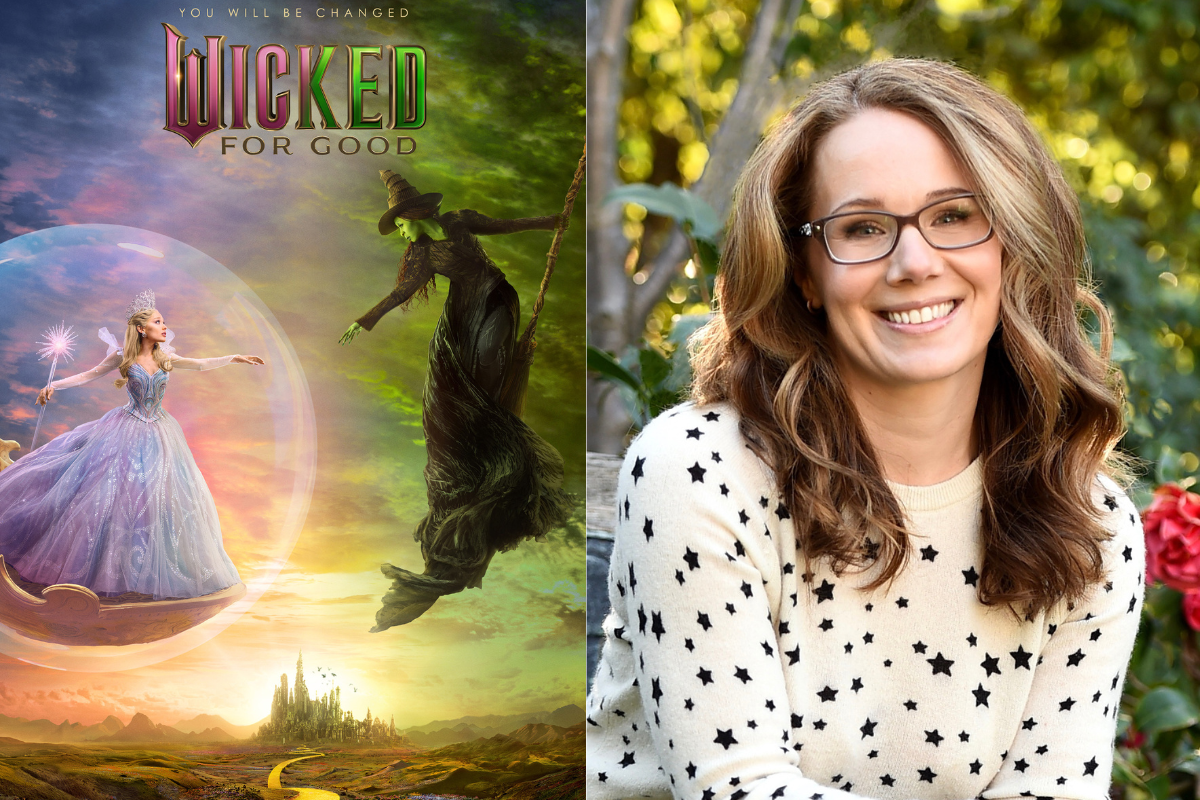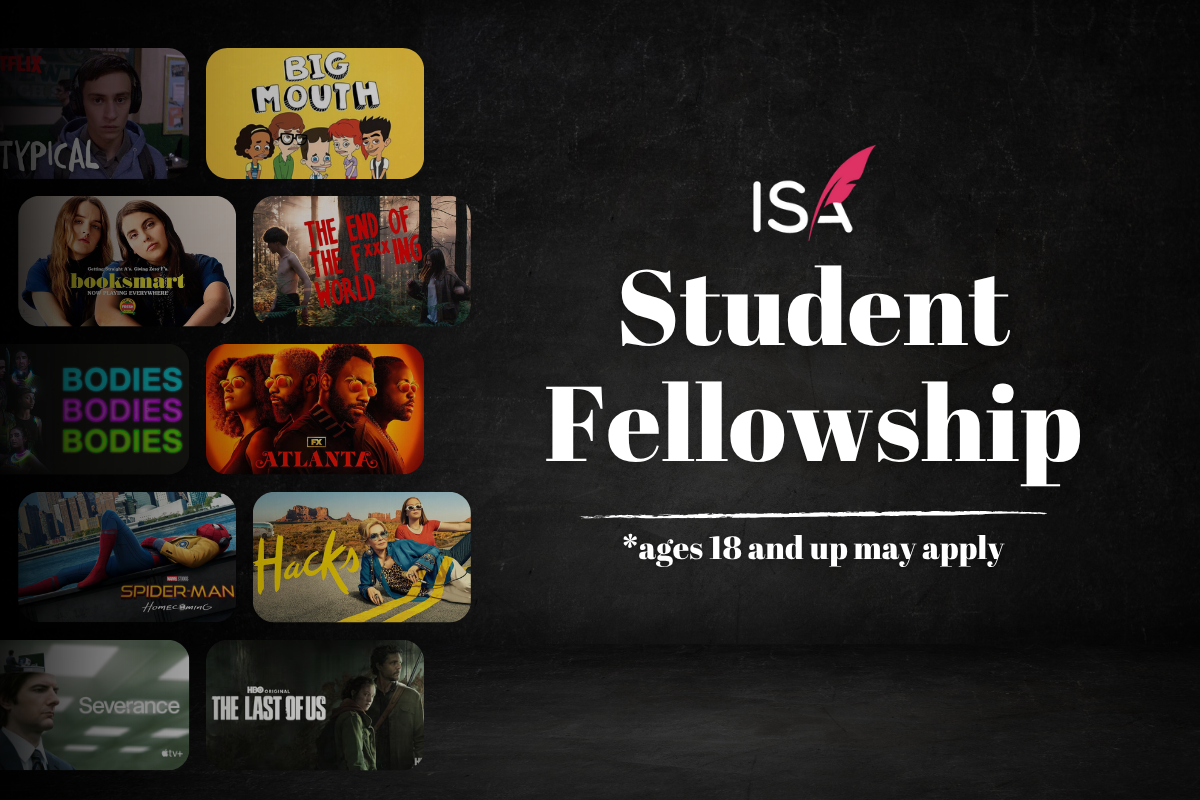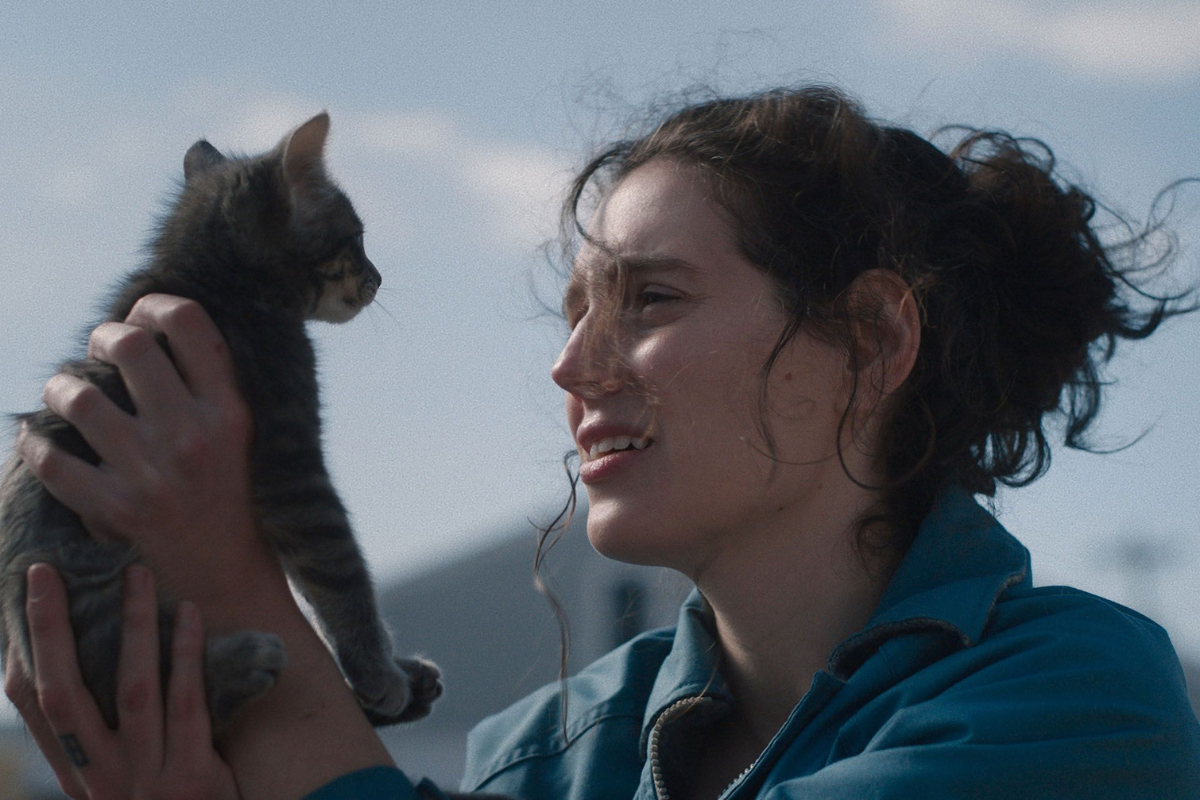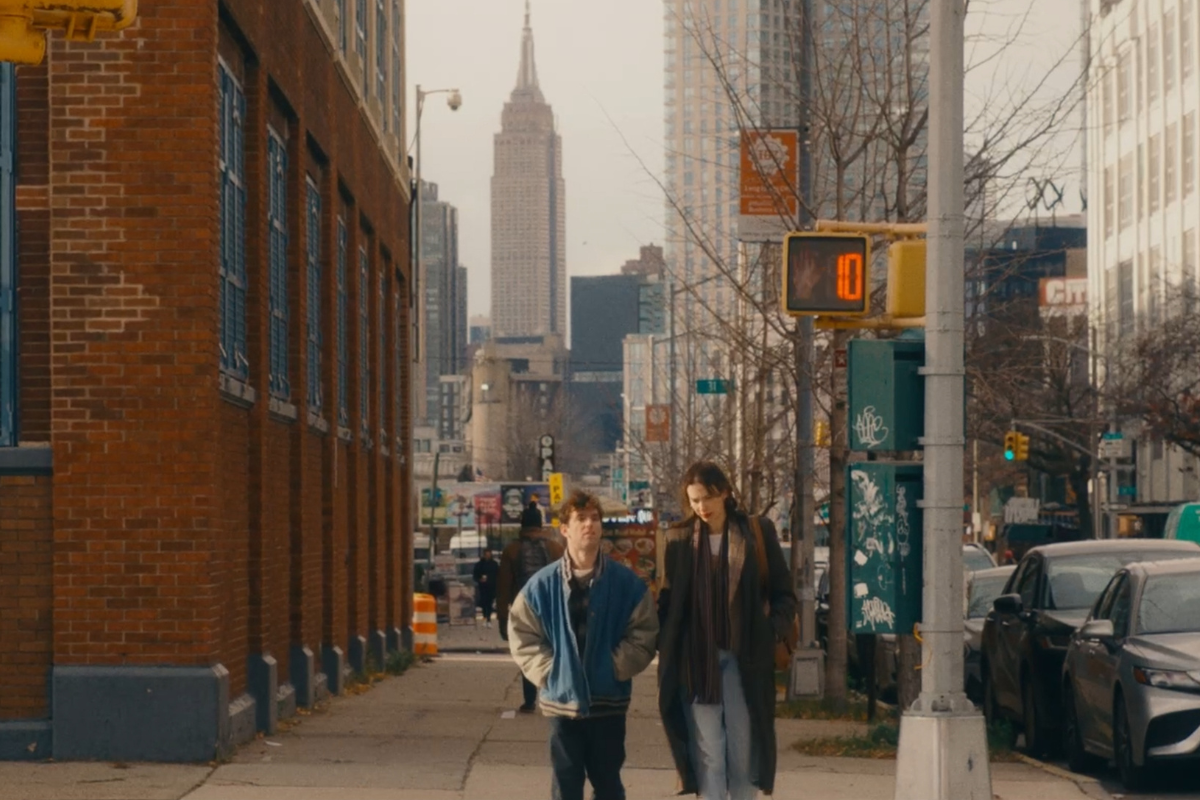SCI-FI CIRCUIT: ‘Time Lapse’ – A Good Script Opens Many Doors
Jenna Avery interviews the filmmakers of a new sci-fi feature you won’t want to miss, with great lessons for up and coming sci-fi screenwriters on budget, continuity, roles for actors, and more.
Jenna Avery is a writing coach and founder of the Writer's Circle. She blogs about writing, creativity, and life purpose at JennaAvery.com. Follow her on Twitter @JennaAvery.
There’s a compelling new sci-fi feature out there right now you won’t want to miss, called Time Lapse. Co-written by Bradley King and B.P. Cooper, it’s a slow-burning thriller that hooks you with just the right touches of mystery, sci-fi technology (with a little steampunk flare), and engrossing complications that draw you forward to a surprising and intriguing climax.
The cast makes the project hum with life and thoroughly delivers on the psychological complexities of knowing what they’re going to be doing next — in snapshot form. That’s the premise of the story: A time machine camera that takes polaroid pictures of the future — 24 hours ahead.
I had the pleasure of recently interviewing Bradley King, who also directed the feature, about the process of creating this award-winning film.
On Making the Writing Happen
I asked Bradley about the writing process he and Cooper went through and about the road he's been on to get here. He mentioned that he's written 16 or so scripts prior to this one, and has worked with Cooper to produce three shorts. Time Lapse is their first feature together.
Perhaps all the writing experience was part of why he and Cooper were able to whip through this one — or perhaps it was the collaborative nature of the project and their past experience together. On hiatus from their day jobs, they wrote the project in just a few weeks after brainstorming and landing on their inspiration for the story: Two weeks to outline and one week to write. Bradley said then they took notes for a month, “but the script we wrote in those three weeks is pretty much what ended up on the screen”. He hastened to add that his prior script (which he’s in the process of polishing and taking out to the market right now) took about six years to write.
About the writing process, Bradley added, “Writing is never easy, it’s always torture. But this was the easiest I’ve ever had it. We had the conceit, and I pretty quickly landed on the story paradigm of a small group of characters who are close friends and find something valuable, and it tears apart their relationship as they try to exploit it. That provided the big framework and structure. After that it was just fun to get excited about what the next photo would show and how it was going to affect our characters.”
On Keeping the Story Straight
Even with a seemingly simple time machine story like this one, a major challenge they faced was keeping the continuity straight, both in the writing of the script as well as on set.
Bradley shared their solution: “Certainly the time elements, the timelines, and the photos presented a unique challenge in the writing. We used yarn and notecards as visuals on the wall to remind us if we got stuck or confused as to the continuity in the story.”
On location, they shot much of the film backward, in order to assure that the polaroid stills of the future story matched the actual footage, and they had the storyboards and timelines mapped out in a special room with yarn, tacks, sketches, and notes.
It looks like a great method for keeping a time travel story organized both on set and in the writing room, something I suspect will come in handy for aspiring time travel writers. :)
On Keeping the Audience Engaged
The story unfolds polaroid by polaroid, and it’s never quite what you expect will happen, which is part of the brilliance of this story.
Bradley commented on this, saying, “Ang Lee once said that storytelling boils down to showing the audience something and then taking it away and then showing it to them again — but twisted slightly from their anticipation of it. It sounds overly simplistic, but that’s what Time Lapse does, you see a photo of what’s coming, then there’s a gap between now and then, and you don’t know what’s going to happen. So then when it finally arrives, we twist it slightly so that it is what happens in the photo, but still adjusts your expectations.”
On Making "Living Room" Sci-Fi -- on a Budget
“When you say science fiction, some people immediately think, ‘Oh, I’m going to see aliens or spaceships exploding or some future slick sci-fi dystopia’,” Bradley says. Time Lapse is a terrific example of what Rod Serling called “living room science fiction” -- and it's been compared to Twilight Zone. It's more of a thriller that has sci-fi elements, and feels like something that could happen in our world, right now.
Although Bradley says he’d someday like to do bigger budget productions, he “loves the smaller style production that hasn’t been done so much because it feels fresh and fun.”
This is the kind of sci-fi that newer writers can afford to make on their own (or sell more easily) than big budget productions laden with special effects. This project came in well under $1 million to make. To keep it at a low-budget, Bradley and Cooper put their focus on keeping the project contained to one location, though they did find that the holy grail of one location did come with some unexpected challenges, like needing to take over an entire apartment complex. Luckily, they found one that was slated for demolition and got to work rehabbing it just enough for the picture.
On Breaking In
Since we were speaking about time machines, when I asked Bradley about tips for writers looking to break into the industry, he said that if he could go back in time to tell his younger self something it would be two pieces of practical advice in regard to fear:
1. “Don’t be afraid of rejection.”
Bradley says, “I spent a lot of my early 20’s being scared of taking my material out into the official marketplace of Hollywood to get feedback or get rejected. What I didn’t realize is that in the process of getting rejected, you also build relationships. They may not like that script but you will become someone in their mind who has written something, and you will probably be able to come back to them with something else down the line.”
Since this is an industry built on relationships, that’s a smart perspective to take. Producers will often like your writing, even if a particular project isn’t for them. So Bradley makes an excellent point that interactions for feedback -- rejection even -- are opportunities to build connections. He says, “I was determined to write the perfect thing before going out into the world, and as a result it took me a lot longer to get better as a writer and to move my career forward to the next square on the chess board.”
2. “A good script can open a lot of doors.”
Bradley also said that when you don’t get rejected, and things actually go well, it can be a bit shocking at how many doors open to you: “I couldn’t have conceived of opening them myself, particularly in regard to cast.” It wasn’t even an amazing script, he said, but a good one, fairly well written, and it led to many meetings and introductions to actors they might not have otherwise have had access to or been able to afford who got excited about the script, including Danielle Panabaker and John Rhys-Davies (whose two scenes ended up being cut from the film).
“Keep in mind that a lot of the scary blockades that seem like they’re there in Hollywood will come down or you’ll find a door through them with material that people are responding to.”
It’s an excellent lesson for a newer writer: Put the focus on interesting roles for actors to play and write a compelling story that people can be drawn into. It doesn’t take a big budget to get a win.
What's Next
Up next for Bradley are two sci-fi projects that he and Cooper are polishing and taking out into the marketplace, plus they’re negotiating rights for overseas distribution to add to their already negotiated deals with Japan, Turkey, the United Kingdom. It's a great success story for two up and coming filmmakers, one that we can learn many lessons from.
I’ll be looking forward to seeing what they do next!
Where to See Time Lapse
Catch Time Lapse on DVD and Blu-Ray on June 16th, already available on VOD.
Follow the project online on the Time Lapse website here, and on Twitter here. You can find Bradley on Twitter here and Cooper here.
- Writing Low Budget Sci-Fi by Jenna Avery
- Insights from ‘The Machine’ – Near Future Sci-Fi Grounded in the Real World by Jenna Avery
- Industry Insider Contest from The Writers Store
For more sci-fi tips, get Steven Duncan's webinar
Write Sci-Fi Film & Television Scripts That Sell


